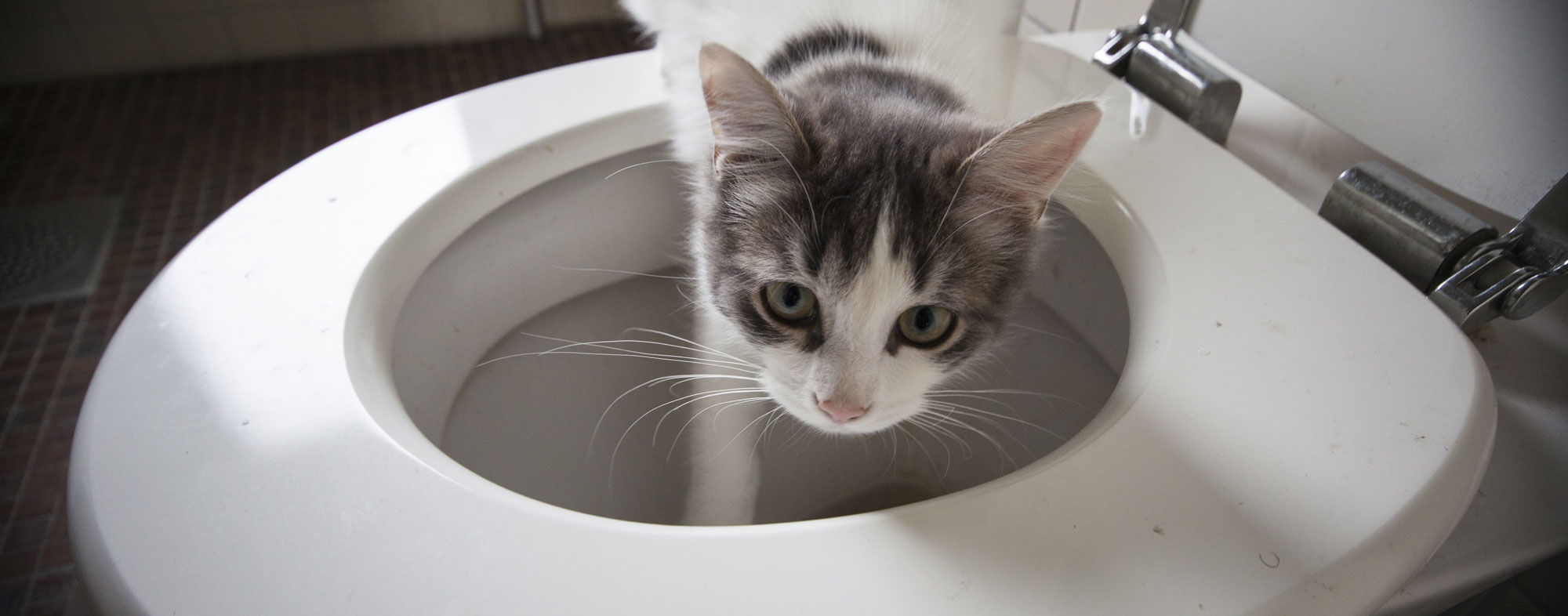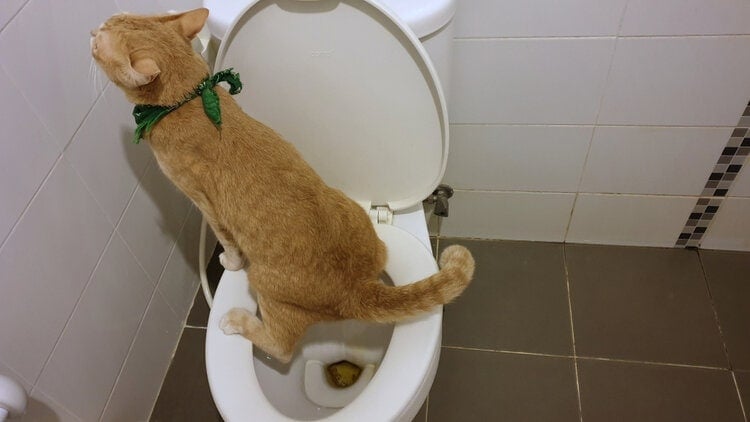Potential Risks of Flushing Cat Poop Down Your Toilet - Advice for Better Handling
Potential Risks of Flushing Cat Poop Down Your Toilet - Advice for Better Handling
Blog Article
What are your thoughts about Can You Flush Cat Poo or Litter Down the Toilet??

Introduction
As feline proprietors, it's vital to be mindful of exactly how we throw away our feline friends' waste. While it may appear hassle-free to flush cat poop down the bathroom, this technique can have detrimental consequences for both the environment and human health and wellness.
Alternatives to Flushing
Luckily, there are more secure and more responsible methods to throw away pet cat poop. Take into consideration the following alternatives:
1. Scoop and Dispose in Trash
The most common technique of throwing away pet cat poop is to scoop it right into an eco-friendly bag and toss it in the garbage. Make certain to use a dedicated litter scoop and take care of the waste promptly.
2. Use Biodegradable Litter
Choose biodegradable feline litter made from materials such as corn or wheat. These litters are environmentally friendly and can be safely thrown away in the trash.
3. Hide in the Yard
If you have a lawn, take into consideration hiding cat waste in a marked location away from vegetable gardens and water resources. Be sure to dig deep enough to stop contamination of groundwater.
4. Set Up a Pet Waste Disposal System
Purchase a family pet waste disposal system especially created for pet cat waste. These systems make use of enzymes to break down the waste, lowering smell and environmental impact.
Health Risks
Along with ecological worries, purging cat waste can additionally posture health risks to humans. Cat feces might have Toxoplasma gondii, a bloodsucker that can cause toxoplasmosis-- a possibly serious ailment, especially for expecting women and people with damaged immune systems.
Ecological Impact
Flushing feline poop presents unsafe pathogens and parasites into the water, posturing a significant threat to aquatic environments. These impurities can adversely affect marine life and concession water high quality.
Verdict
Responsible family pet ownership expands past supplying food and shelter-- it also entails proper waste monitoring. By avoiding flushing pet cat poop down the commode and opting for alternative disposal methods, we can reduce our ecological footprint and shield human health and wellness.
Why Can’t I Flush Cat Poop?
It Spreads a Parasite
Cats are frequently infected with a parasite called toxoplasma gondii. The parasite causes an infection called toxoplasmosis. It is usually harmless to cats. The parasite only uses cat poop as a host for its eggs. Otherwise, the cat’s immune system usually keeps the infection at low enough levels to maintain its own health. But it does not stop the develop of eggs. These eggs are tiny and surprisingly tough. They may survive for a year before they begin to grow. But that’s the problem.
Our wastewater system is not designed to deal with toxoplasmosis eggs. Instead, most eggs will flush from your toilet into sewers and wastewater management plants. After the sewage is treated for many other harmful things in it, it is typically released into local rivers, lakes, or oceans. Here, the toxoplasmosis eggs can find new hosts, including starfish, crabs, otters, and many other wildlife. For many, this is a significant risk to their health. Toxoplasmosis can also end up infecting water sources that are important for agriculture, which means our deer, pigs, and sheep can get infected too.
Is There Risk to Humans?
There can be a risk to human life from flushing cat poop down the toilet. If you do so, the parasites from your cat’s poop can end up in shellfish, game animals, or livestock. If this meat is then served raw or undercooked, the people who eat it can get sick.
In fact, according to the CDC, 40 million people in the United States are infected with toxoplasma gondii. They get it from exposure to infected seafood, or from some kind of cat poop contamination, like drinking from a stream that is contaminated or touching anything that has come into contact with cat poop. That includes just cleaning a cat litter box.
Most people who get infected with these parasites will not develop any symptoms. However, for pregnant women or for those with compromised immune systems, the parasite can cause severe health problems.
How to Handle Cat Poop
The best way to handle cat poop is actually to clean the box more often. The eggs that the parasite sheds will not become active until one to five days after the cat poops. That means that if you clean daily, you’re much less likely to come into direct contact with infectious eggs.
That said, always dispose of cat poop in the garbage and not down the toilet. Wash your hands before and after you clean the litter box, and bring the bag of poop right outside to your garbage bins.
https://trenchlesssolutionsusa.com/why-cant-i-flush-cat-poop/

I was introduced to that write-up about Don’t flush cat feces down the toilet through a friend on another blog. Enjoyed our piece of writing? Please share it. Help other people locate it. Thanks a bunch for your time. Visit us again soon.
Article Report this page